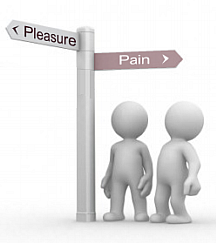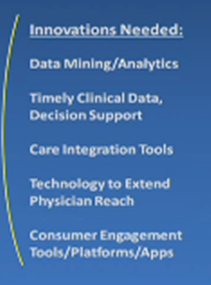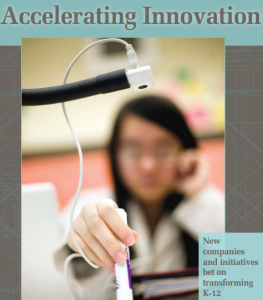Understanding and meeting deeply-felt psychological needs is the primary goal of cognitive design. So I am always on the look out for studies that reveal how we think-and-feel in everyday situations in enough detail to have implications for designers.
 Take for example, the recent research done at the University of Alberta on Pleasure, pain and the satisfied customer. They studied emotional reactions to service experiences and purchases and found significant difference between consumers that are primarily promotion-focused or pleasure seeking and those that are prevention-focused or pain avoiding. The bottom line:
Take for example, the recent research done at the University of Alberta on Pleasure, pain and the satisfied customer. They studied emotional reactions to service experiences and purchases and found significant difference between consumers that are primarily promotion-focused or pleasure seeking and those that are prevention-focused or pain avoiding. The bottom line:
Pleasure seekers have a stronger emotional reaction when things go well or bad while those that avoid pain have a more muted emotional response.
This has clear implications for experience and service designers looking to leverage emotional energy. Focus on pleasure seekers!
While over generalized, the researchers go on to suggestion that men and younger people tend to be pleasure seekers while women and older people tend to try and avoid pain. They offer some practical advice for service recovery and word-of-mouth marketing:
“To some extent, they can tell front-line people that, as older people approach them, they’re going to be more prevention-focused, they’re not going to be as extreme either way,” said Murray. “But when something has gone really wrong with that 21-year-old’s game console, they’re going to be a lot more upset and more likely to tell their friends.
“On the flip side, when they take it home and it works well and they really enjoy it, they’re more excited and happy, and more likely to tell their friends about it.”
The pleasure-pain psychographic is strong enough to warrant a review of your product designs, service processes and even internal employee programs.

 Or so argues Todd Park the chief technology officer (really the chief innovation officer) of Health and Human Services. He makes his case in this video and suggests changing incentives (from volume based to value based) and the democratization of all types of health data are acting as “rocket fuel” for entrepreneurial activity in healthcare. An interesting argument especially since many of the opportunities involve improving health behavior change, care coordination experience, decision making by patients and caregivers and other cognition-heavy challenges. This means:
Or so argues Todd Park the chief technology officer (really the chief innovation officer) of Health and Human Services. He makes his case in this video and suggests changing incentives (from volume based to value based) and the democratization of all types of health data are acting as “rocket fuel” for entrepreneurial activity in healthcare. An interesting argument especially since many of the opportunities involve improving health behavior change, care coordination experience, decision making by patients and caregivers and other cognition-heavy challenges. This means:







